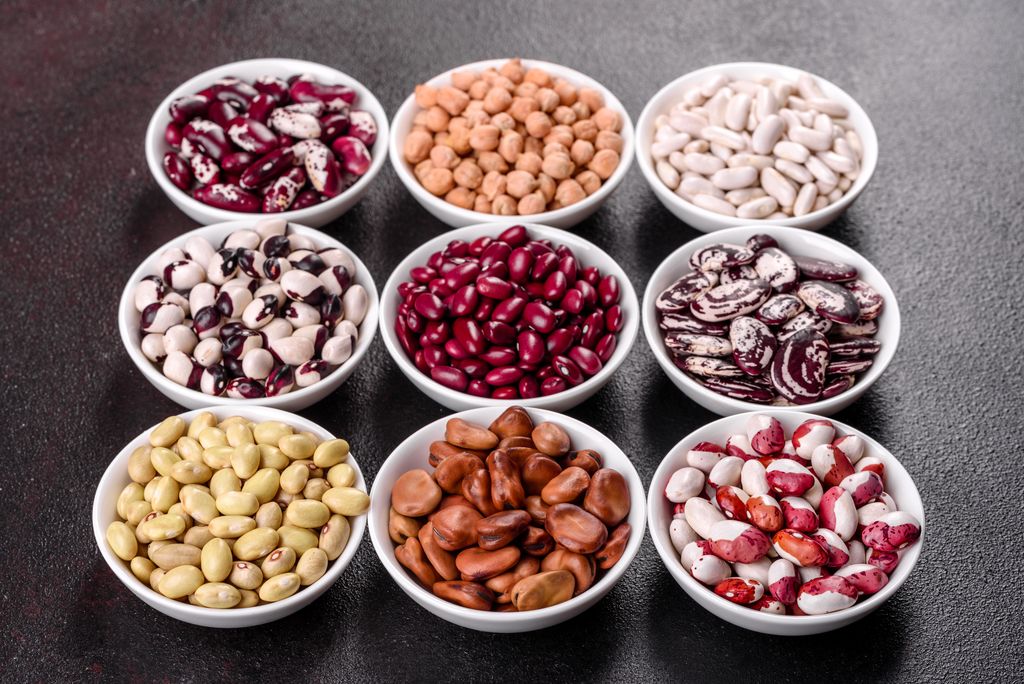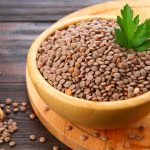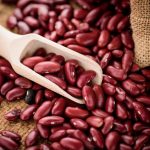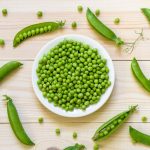Soaking and cooking times for legumes
Everything you need to know about cooking legumes, from the time required for soaking to those for cooking, in a pressure cooker or not.

The soaking times of legumes, useful for promoting proper cooking, represent one of those notions that are the basis of cooking. Soaking legumes is essential when you plan to cook dry beans such as borlotti and cannellini beans, chickpeas or soy. Here’s everything you need to know about it.
Legumes, why soaking?
We know from an early age that legumes should be soaked, but have we ever wondered why? Soaking is necessary: it allows to activate germination of legumes and consequently eliminate most of the phytates. The latter constitute anti-nutritional factors as they limit the absorption of nutrients that our body needs.
Soaking of legumes, useful tips and tricks
Soaking the legumes is very simple: rinse them well to remove any dust, place them in a container with a lid and cover them with plenty of clean water at room temperature, in quantities equal to at least double the volume of the legumes.
- It is important, at the end of soaking, to eliminate floating legumes.
- Have the soaking water from legumes to be thrown away? Absolutely yes, as it contains toxic substances, those that legumes have released.
- Many people use bicarbonate of soda to add to the soaking water, believing that it favours its digestibility. In reality, this one tends to alter the nutritional values negatively
- Following soaking, the legumes must be further rinsed, then cooked.
- It is good to salt the legumes only at the end of their cooking as the salt harden the outer shell.
- By opting for the pressure cooker, cooking times halve.
Lentil soaking time
A mention deserves the soaking time of the lentils (especially the peeled ones) as, among all the legumes, these do not require a long soak in water. Many people use cooking them directly with excellent results following the instructions on the package. How to cook dry lentils without soaking? Just add them to the boiling water. However, keeping them in water for a few hours makes cooking easier.
Soaking times for beans, chickpeas and other legumes
A little help can come from the list below, which contains the timing of all dried legumes, from borlotti to cannellini beans, from chickpeas to broad beans. You will immediately notice how the soaking time of the beans is among the longest. Peas, on the other hand, take a couple of hours at the most. Times are variable as cooking will take longer or shorter depending on the harvesting and drying time of the legume on duty. The more recent it is, the faster it will be.
- Soaking time for chickpeas: 12 to 48 hours
- Fava beans soaking time: 12 to 24 hours
- Borlotti beans soaking time: 12 to 24 hours
- Soaking time for cannellini beans: 12 to 24 hours
- Spanish beans soaking time: 12 to 24 hours
- Soaking time for Azuki beans: 12 to 24 hours
- Lentils soaking time: 1 to 2 hours
- Soaking time of the cicerchia: from 12 to 24 hours
- Peas soaking time: 1 to 2 hours
How to speed up the soaking of legumes
As we have seen, the soaking times are quite long. Is it possible to speed them up? There is a way, and it consists of a kind of pre-cooking. After washing the chickpeas, beans, etc., put them in water at room temperature and bring it to boil, then cook them for a couple of minutes, turn off the heat and continue soaking for no more than 4 hours.
Chickpeas and soaking, what to do if foam forms?
Instead of soaking, foam forms during cooking. In this case, it is good to remove it gradually with a slotted spoon. The foam is rich in saponins, anti-nutritional substances. On the other hand, the foam that we find, for example, in canned chickpeas is different. In this case, it is due to the action of the proteins present in the legume released during cooking.
How to make legumes more digestible
Legumes are very rich in anti-nutrient substances that can make it difficult to absorb some minerals and can compromise the intestinal balance, causing abdominal pain or so much annoying bloating. This is why soaking is necessary. However, to make them more digestible, you can use one of these tricks:
- Combine a couple of bay leaves in the pot.
- Add a piece of kombu seaweed to the legumes soaking.
- Use twice the weight of water and more than the volume of legumes.
- Blend all – or part – of the legumes once cooked.
- Consume legumes frequently (a couple of times a week at least): they will become more and more tolerated by our intestines.
Cooking times of legumes
About the cooking times of the legumes, these vary according to the type and the cooking method. If cooked in the traditional steel or earthenware pot (however, recommended for shelled legumes, which would otherwise disintegrate):
- Cooking time for chickpeas: 2-3 hours
- Cooking time of the fava beans: 2 hours
- Cooking time for borlotti beans: 1 ½ – 2 hours
- Cooking time for cannellini beans: 1 ½ – 2 hours
- Cooking time for the Spanish beans: 1 ½ – 2 hours
- Cooking time for azuki beans: 1 ½ – 2 hours
- Cooking time of the lentils: 40 minutes
- Cooking time of the cicerchia: 2-3 hours
- Cooking time for peas: 1 hour
A doubt that plagues many is: “should I cook beans with lid on or off?” Well, you should cook them with the lid almost on. This is to avoid having to continually add the water evaporated during cooking (which is slow and must take place on a low flame).
Cooking time of legumes in a pressure cooker
The pressure cooker, by its nature, significantly reduces the cooking time of food. It is an excellent ally for various preparations which, on the contrary, would take too much time obliging us hours in the kitchen. Wanting to propose a table of cooking times in a pressure cooker, we can establish that the legumes cook between 20 minutes and an hour and a half. In particular:
- Cooking time for chickpeas: 1 1/2 hours
- Cooking time for the fava beans: 1 hour
- Cooking time for borlotti beans: 40-60 minutes
- Cooking time of the cannellini beans: 40-60 minutes
- Cooking time of the Spanish beans: 40-60 minutes
- Cooking time of the azuki beans: 40-60 minutes
- Cooking time of the lentils: 20 minutes
- Cooking time of the cicerchia: 1 hour and 1/2
- Cooking time for peas: 35 minutes








